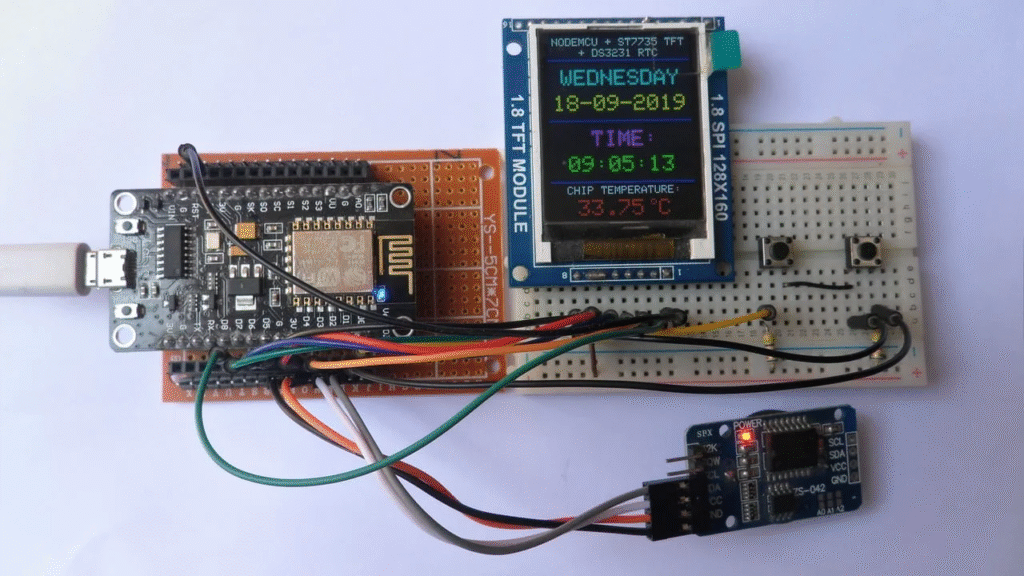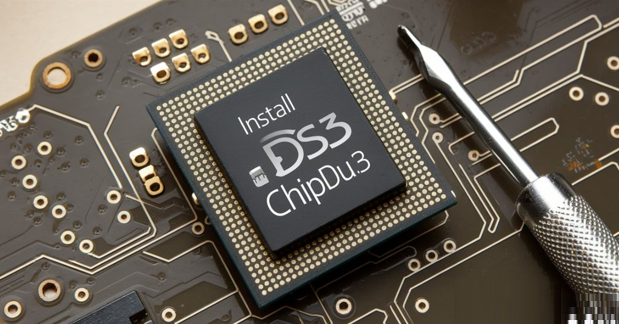What is the 35-ds3chipdus3 Version?
The 35-ds3chipdus3 version represents a significant advancement in chip technology, designed to enhance performance across multiple applications. Originating from extensive research and development efforts within the semiconductor sector, this version has emerged as a powerful alternative to its predecessors. It is part of a continuous evolution aimed at meeting the growing demands of consumers and industries alike.
This version is based on cutting-edge design principles that prioritize efficiency, speed, and reliability. With its innovative architecture, the 35-ds3chipdus3 version is tailored for deployment in various fields, including telecommunications, computing, and IoT devices. This versatility allows it to serve a wide range of functionalities, thereby increasing its importance in today’s tech landscape.
The 35-ds3chipdus3 version stands out due to its specific functionalities that may include enhanced data processing capabilities, improved power management features, and robust security protocols. These characteristics not only elevate the performance standards but also provide users with substantial benefits for real-world applications. For instance, its ability to handle complex algorithms efficiently makes it particularly suitable for artificial intelligence and big data tasks.
In the context of its development, the 35-ds3chipdus3 version showcases the culmination of collaboration among leading experts in materials science and chip design. This synergy has produced a version that meets not only technological performance metrics but also adheres to environmental sustainability goals through energy-efficient operations. The 35-ds3chipdus3 version thus not only fits into the broader context of technological innovation but also redefines the standards in the semiconductor industry, offering a glimpse into the future of chip technology.
Benefits of the 35-ds3chipdus3 Version
The 35-ds3chipdus3 version is gaining recognition for its exceptional performance and adaptability across various industries. One of the most significant advantages of this version is its enhanced processing capabilities. Users often report substantial improvements in speed and efficiency when utilizing the 35-ds3chipdus3 version compared to its predecessors. This characteristic makes it particularly valuable in sectors that rely heavily on real-time data analysis and require fast decision-making, including finance, logistics, and healthcare.
In addition to performance enhancements, the 35-ds3chipdus3 version is also celebrated for its cost-effectiveness. Businesses that adopt this version have noted a decrease in operational costs, attributed to reduced energy consumption and lower maintenance needs. The design facilitates easier integration with existing systems, which minimizes additional investments in hardware or software. Companies have provided testimonials highlighting the reduced total cost of ownership owing to the 35-ds3chipdus3 version, which optimizes budget allocation across various departments.

Versatility is another standout benefit of the 35-ds3chipdus3 version. Its adaptable architecture allows for deployment in a wide range of applications, from sophisticated manufacturing processes to advanced artificial intelligence initiatives. Case studies indicate successful implementation in industries such as automotive, telecommunications, and IT infrastructure. By addressing specific industry challenges and providing tailored solutions, the 35-ds3chipdus3 version has allowed companies to remain competitive and innovative in increasingly demanding markets.
Overall, the 35-ds3chipdus3 version not only enhances performance and reduces costs but also presents versatile options for various applications, making it a worthy investment for organizations looking to improve operational efficiency and effectiveness.
Challenges and Considerations for the 35-ds3chipdus3 Version
The adoption of the 35-ds3chipdus3 version presents several challenges and considerations that potential users must carefully evaluate. One primary concern is the compatibility of this version with existing legacy systems. Many organizations still operate on older architectures that may not fully support the features introduced in the 35-ds3chipdus3 version. Hence, it is crucial to assess the infrastructure before launching this upgrade. Incompatibility issues can lead to operational disruptions, increased costs, and extensive troubleshooting efforts.
Moreover, users may encounter limitations related to performance and scalability. While the 35-ds3chipdus3 version boasts several improvements over its predecessors, it may not accommodate certain high-demand applications or rapidly growing user bases. Organizations should conduct performance benchmarking to ensure that their systems can leverage the full capabilities of the 35-ds3chipdus3 version without encountering bottlenecks.
Another challenge involves the learning curve associated with new features and functionalities. Upgrading to the 35-ds3chipdus3 version may necessitate additional training for IT staff and end-users, which can result in temporary decreases in productivity as users adapt to the new system. To mitigate this, organizations should invest in comprehensive training programs and documentation designed to facilitate a smoother transition.
Lastly, the potential for bugs or issues is always present when deploying any new version. Users of the 35-ds3chipdus3 version should be prepared to implement effective troubleshooting protocols. Regular updates and patches provided by the developer can help resolve many common issues, and establishing a feedback mechanism can assist users in sharing their experiences, thereby benefiting the community as a whole.
Future Developments and Trends for the 35-ds3chipdus3 Version
The 35-ds3chipdus3 version is poised to undergo significant transformations in the coming years, as technological advancements continue to reshape various industries. Industry experts have indicated that one of the key drivers of future developments will be the acceleration of digital transformation across sectors such as telecommunications, manufacturing, and healthcare. The 35-ds3chipdus3 version, in particular, is likely to experience upgrades that enhance its capabilities, making it indispensable for integrating new technologies.
Emerging fields such as artificial intelligence (AI) and the Internet of Things (IoT) are expected to play vital roles in how the 35-ds3chipdus3 version adapts. As automation and connectivity become integral to operations, the 35-ds3chipdus3 version will need to adopt features that allow seamless communication between devices and systems. This adaptability could lead to increased efficiency, lower operational costs, and improved data management across various applications.
In addition to technology-driven enhancements, market adoption rates for the 35-ds3chipdus3 version are also set to rise. Organizations are beginning to recognize the value of this version for driving innovation and maintaining competitive advantages. Predictions from market analysts suggest that as more companies implement the 35-ds3chipdus3 version, there will be an increased demand for integration services and support, which will foster an ecosystem of developers and suppliers focused on optimizing its potential.
Furthermore, there may be significant trends toward sustainability and energy efficiency, prompting the 35-ds3chipdus3 version to align with these global goals. Future iterations are likely to incorporate energy-saving technologies that comply with increasing regulatory standards, thereby enhancing their appeal for environmentally conscious consumers.
As we look ahead, the ongoing evolution of the 35-ds3chipdus3 version promises to influence numerous sectors profoundly, paving the way for innovations that enhance connectivity and operational performance. With the aforementioned trends and developments on the horizon, stakeholders are encouraged to stay informed and adapt to the changes brought forth by this dynamic technology.










